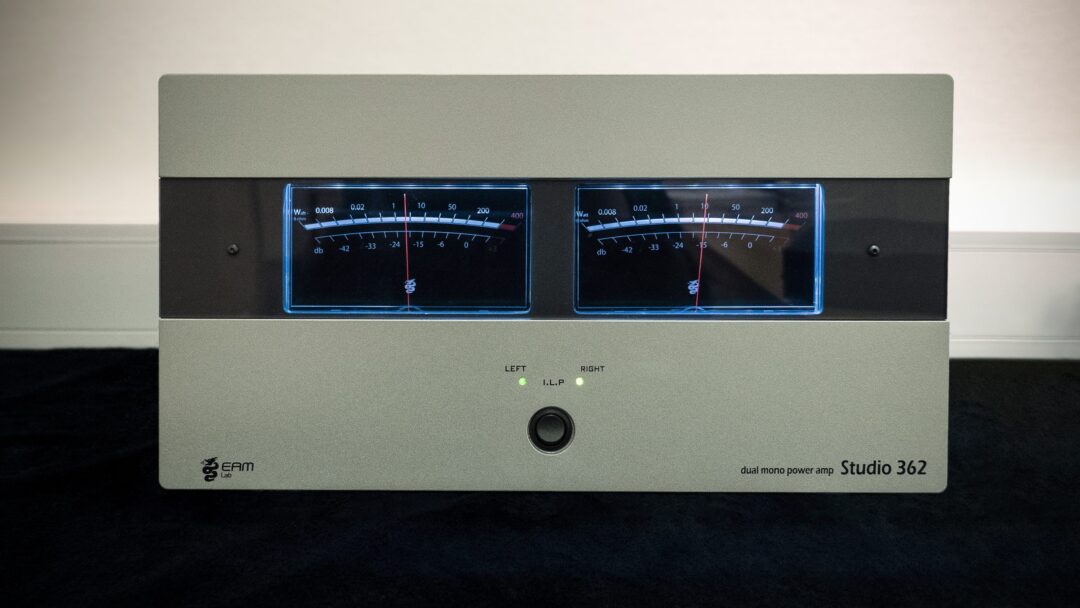Where hi-fi enthusiasts long ago swore to separate devices for each and every part of the signal chain – and of course could not live with an integrated amplifier, because that job had to be distributed on preamplifiers and power amplifiers – in recent years integrated amplifiers have obtained the respect they deserve.
Hi-fi manufacturers have learned to shield the various components better and offer integrated amplifiers that seem to have few limitations compared to separate amplifiers: You get plenty of power, a convenient format without unnecessary boxes, fewer wires and more sound for the money. This also applies to the premium and high-end class.
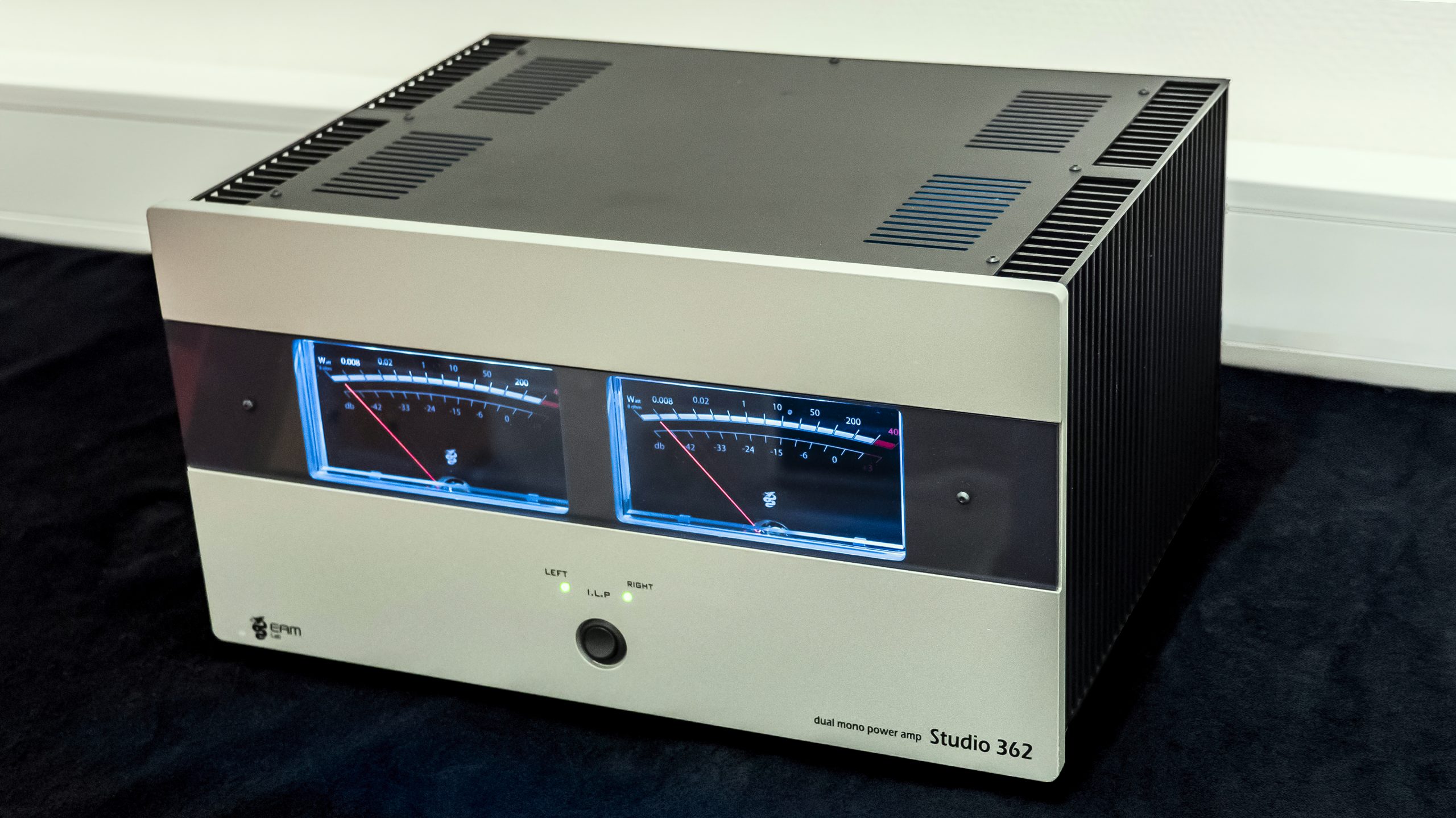
Flexibility with power amplifier
However, there are still several benefits in choosing the separate solution. Especially in terms of flexibility and the ability to choose the right device for the job to be done.
Many today have an existing system that they would like to improve or would like to be able to expand in the future. Then separate devices can be the way forward. Are you happy with the sound and just want more power? Replace the power amplifier. Do you miss digital inputs, but are otherwise happy with the amplifier? Replace the preamplifier.
With separate amplifiers, you can better improve the sound quality of the system bit by bit, instead of being locked with an integrated solution.
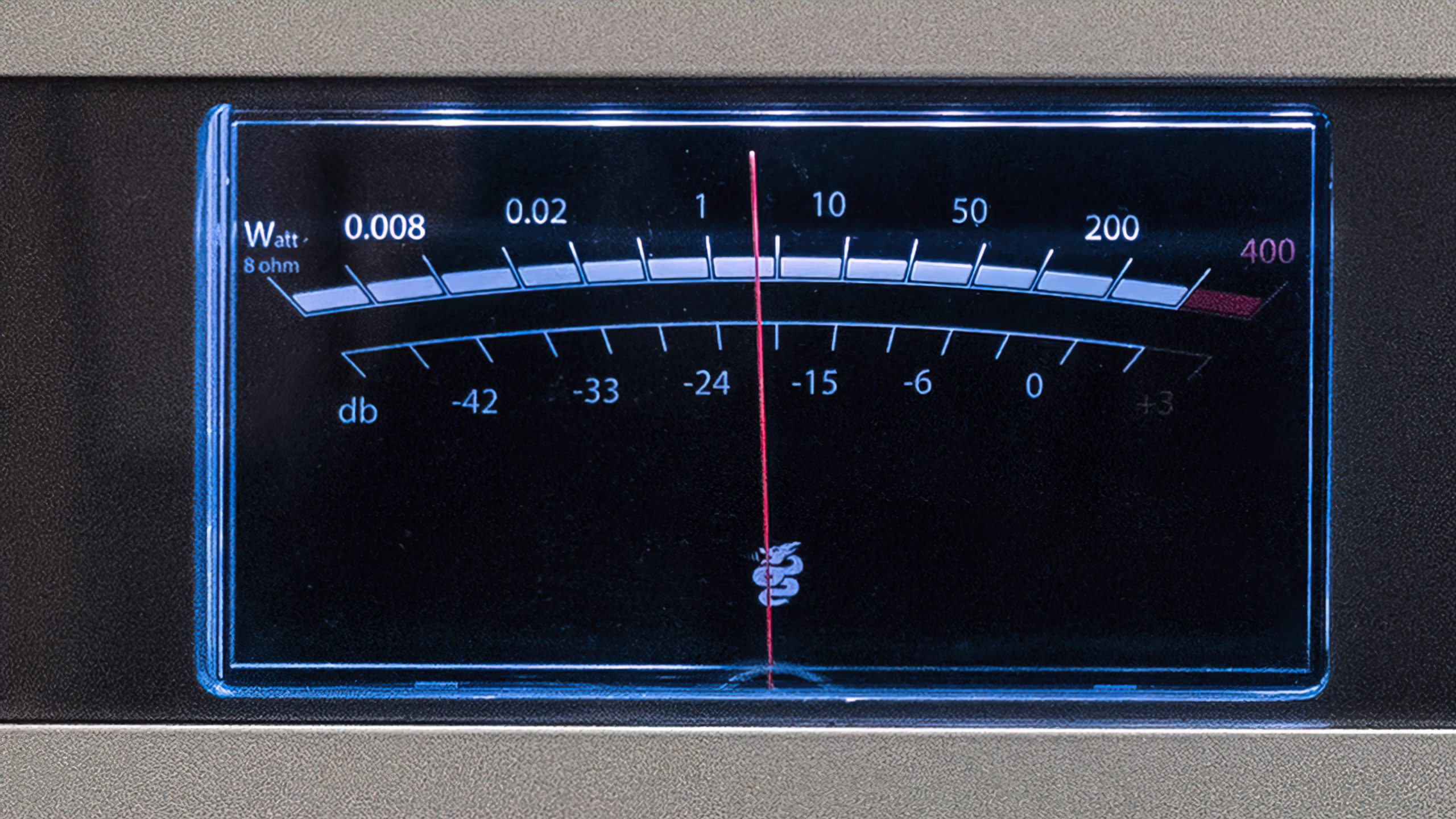
Powerful Italian
Studio 362 is a power amplifier from Italian EAM Lab. For my part, I feel that Italian hi-fi often carries the heart on the outside. Whether it’s a pair of Sonus faber or Rosso Fiorentino speakers or a Norma or Gold Note amplifier, the whole creation is marked by the fact that the manufacturers have made an effort.
And they love the craft itself. The cabinets are made with sensitive Italian hands and fits the silky soft, smooth-polished sound image. Enough to seduce anyone.
The Power Amplifier Studio 362 from EAM Lab stands out in this respect with a more industrial and angular look than is usually associated with Italian hi-fi. But then it is also in a completely different price range than you normally associate with Italian hi-fi, plus a weight of 30 kilos and as much as 230 watts per. channel in 8 ohms.
The first 10 watts are operated in pure class A for the cleanest possible sound. And if you think this is vary little, in fact only big transients – and those cases where you want to play very loud – require more effect.
Should that be the case, EAM Lab can actually provide the power you want. See e.g. Reference 152A, which they claim delivers as much as 2 x 150 watts in pure class A. It costs five times more than Studio 362, though…
Studio 362, on the other hand, is built more like a brick. It is high and it is heavy – but not so deep. The sides are completely covered by cooling fins, and in front of the aluminum front are two large VU meters with blue backlighting.
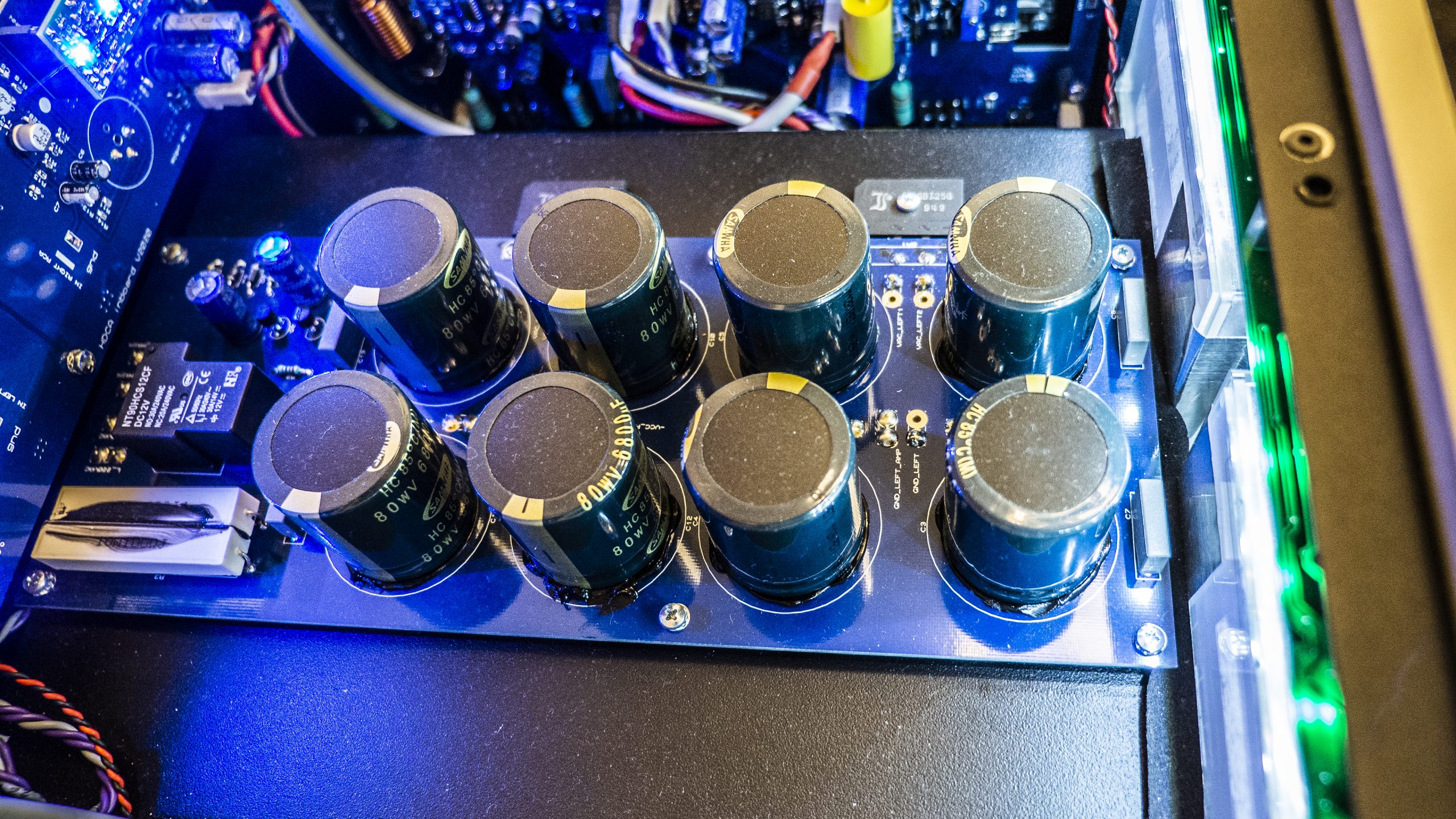
Luminous inside
If you open the lid and look down, there are blue LEDs inside. It’s actually a bit like a gaming PC. However, the LEDs are practical for service purposes. They can tell where the fault lies if the amplifier does not work.
Dual mono
Studio 362 is a so-called double or dual mono construction, where the left and right channels are symmetrical and separated by a separate transformer. In this case with a total electrical capacity of 1200 VA. With dual mono, signal bleeding between the channels is prevented, thus maintaining an optimal stereo signal.
Balanced
The amplifier also has balanced circuits, and instead of a manual switch between RCA and XLR, it registers what is connected, and then switches to the correct circuit – 22 kilo-ohm impedance in unbalanced state (RCA) or 47 kilo-ohm in balanced (XLR).
The output stage has high bandwidth and is of the Darlington type. It is a principle where bipolar transistors are connected in pairs so that the current amplified by the first transistor is further amplified by the next. It provides more efficient amplification than if the two transistors were to operate separately. In the case of Studio 362, six pairs of transistors are used per channel of types MJL 3281 and MJL 1302.
EAM Lab has tried to make the signal parhs as short as possible without unnecessary components that can create interference and vibrations that act as microphones and introduce noise into the signal.
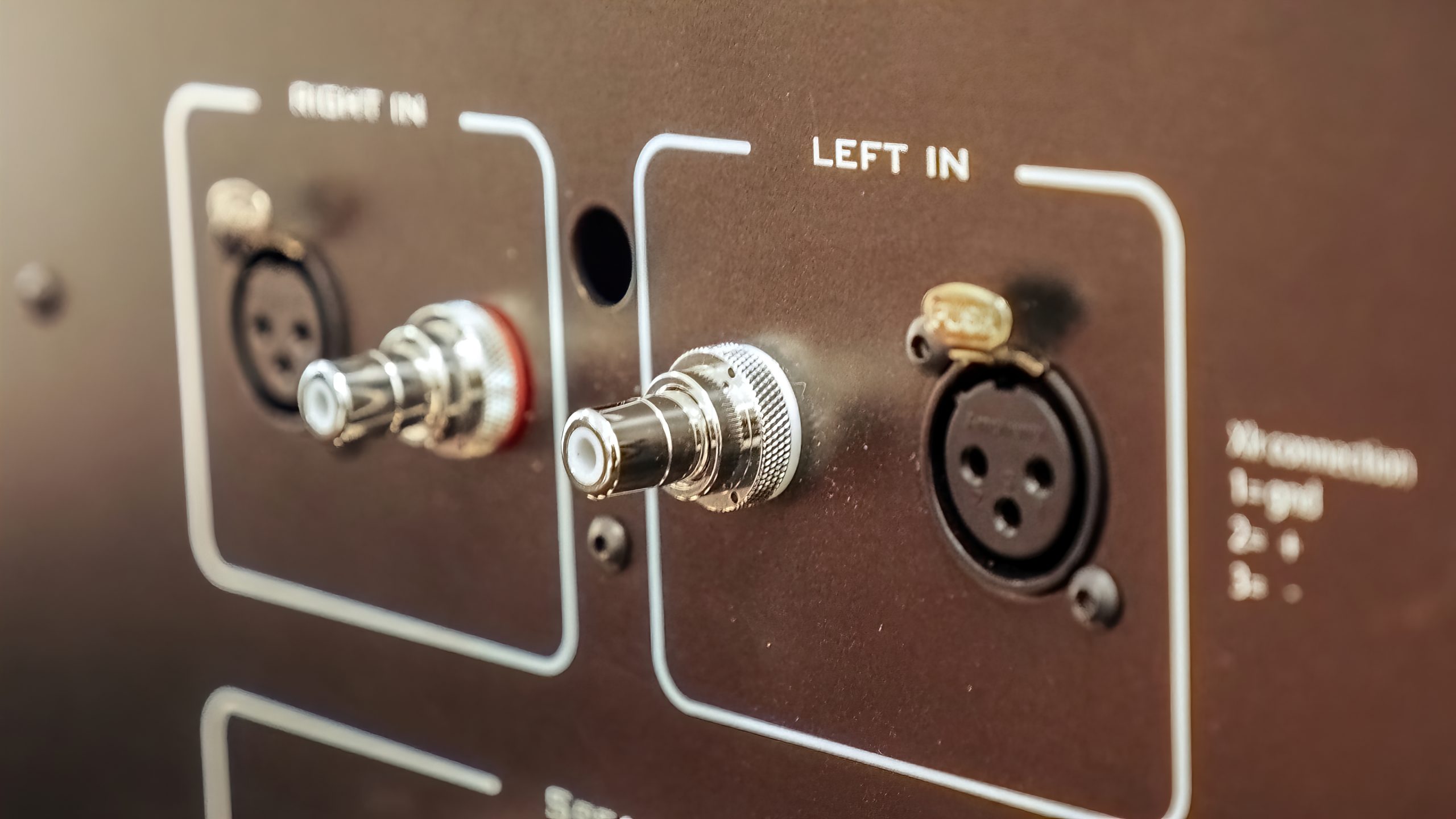
Low sensitivity
Connected to our own Italian speakers, the faithful Sonus faber Olympica III, I first try to connect the in every way fine DAC Hegel HD30 directly to the balanced input on the amplifier. After all, the DAC has both a variable output level and also built-in AirPlay, which usually makes connection very easy. But I can easily forget that.
It turns out that EAM Labs power amplifiers have very low sensitivity at the input. In other words, a high gain preamplifier is needed because the output signal directly from the audio source is not loud enough.
It seems like a weakness, but also has an advantage. Namely that you increase the signal/noise level from the sound source with potentially cleaner sound as a result.
The sound of EAM Lab Studio 362
With the preamplifier Hegel P30 connected in between, I can turn the sound level well above 12 o’clock on the preamplifier, and then life begins to come to the test room.
Bruce Springsteen’s sensitive ballad “One Minute You’re Here” sounds great in the room with fine details from piano, strings and a gentle tambourine that sneaks in. Here there is plenty of air, while the foundation of the bass is filled with touch and feel.
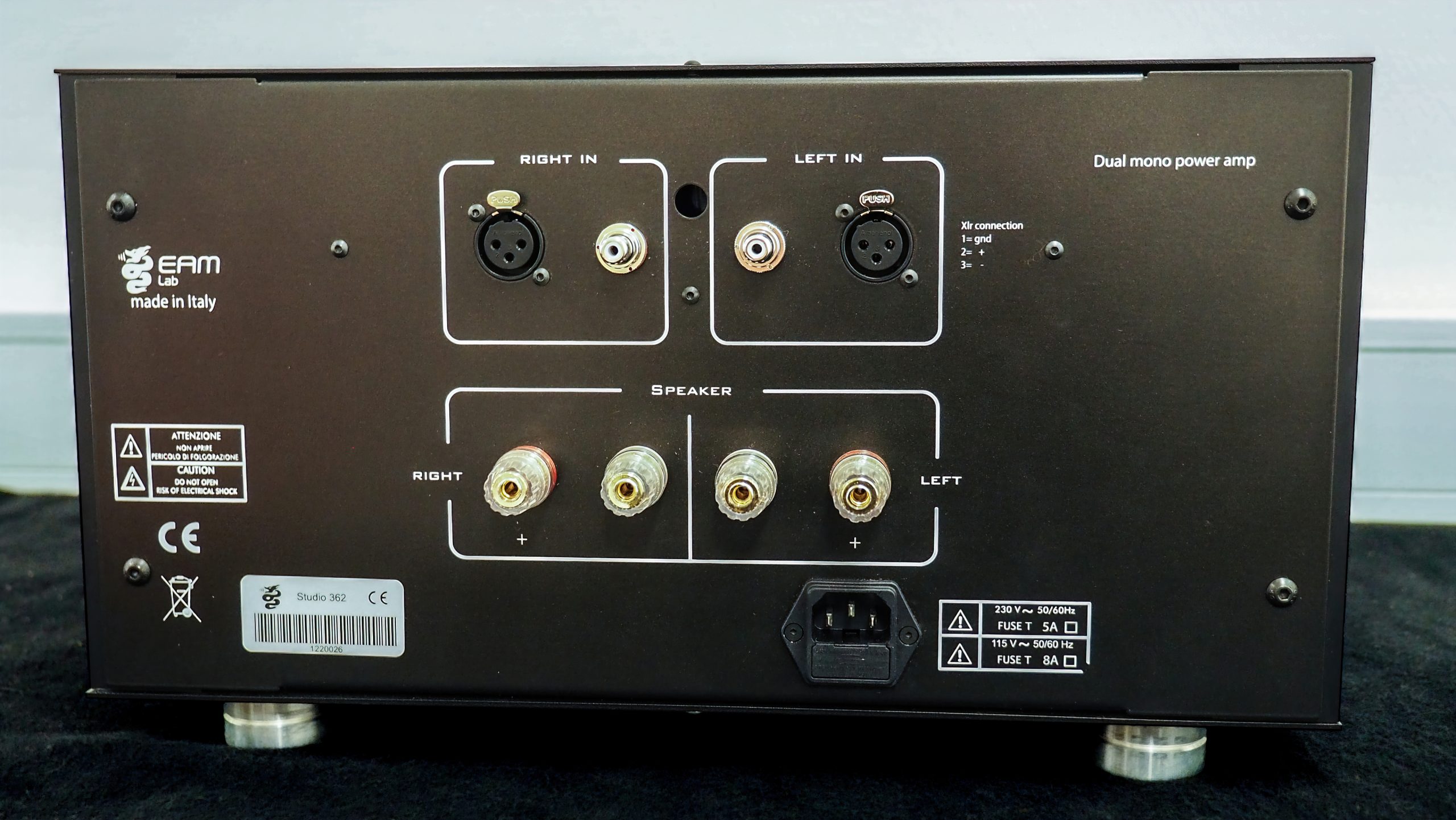
Lots of emotion
Is it emotions, you want? Try the live indie legend Father John Misty and his song “One of Us Cannot Be Wrong”. Slightly dirty sound image, where the important details will be stuffy and gritty on a mediocre amplifier. But not here. Instead, you get the feeling of being in the rehearsal room with a highly cohesive band.
Although the instruments are recorded with the microphone further away than usual, the soundtrack of each instrument still comes out well. And at the end of the track, when Father John starts screaming rustily and emotionally, the goosebumps swarm forth.
If you love classical music, Studio 362 gives a little extra fullness in cellos, double basses and large horns, but without taking focus away from trumpets, violins and clarinets. This makes Handel’s “Water Music” and the movement “Hornpipe” a wonderful experience. There is unusually good space for each instrument, but at the same time you have the little heat – without it being excessive.
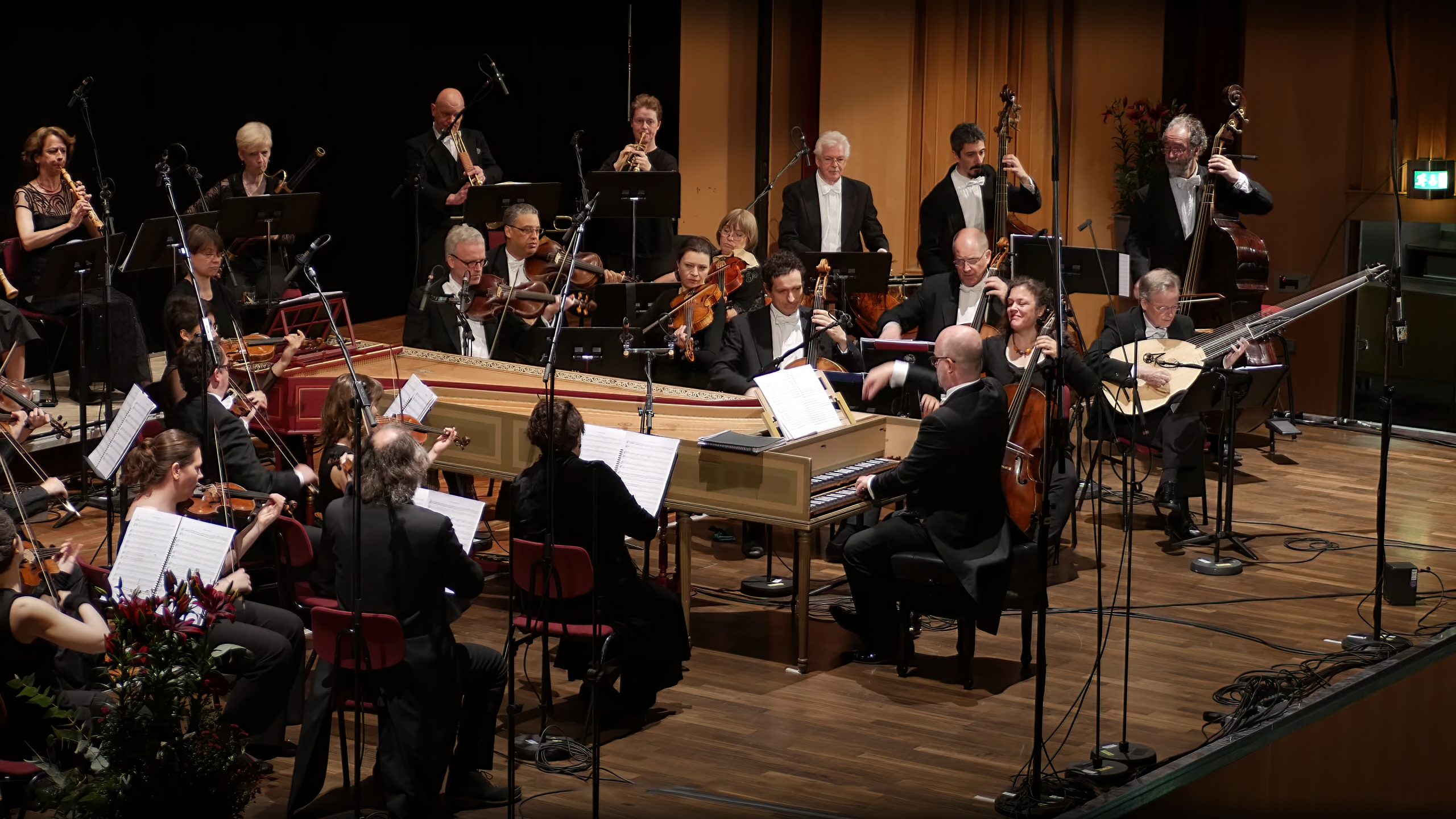
Party atmosphere
“F/2020” with Avenue Beat and Jessie Reyez as guest vocalist is a kind of depressing corona party song for one guest. But it has a hefty beat with deep and delicious bass.
The Sonus faber speakers are not particularly hard driven, but it takes a lot to make them sound really cool. In that respect, Studio 362 does not disappoint. Here there is bone-hard control, while the vowels in the midrange are reproduced with a fine glow. All while the windshield wipers – also known as the VU meters – stand and wave to the music.
And speaking of partying, we’ve got the floor-standing JBL HDI 3800 in for testing. With no less than three 8-inch bass units, two of which also play midrange. And do they fire!
Studio 362 really makes me want to dance with Billie Eilish’s “Therefore I Am” pumping out of the JBL speakers. With bone-hard bass, lots of punch in both midrange and treble – and all in all some of the most sophisticated party sound I’ve heard in a long time. Never sharp, just fat!
At this point, the volume wheel is on the preamplifier at 3 o’clock! It sounds extreme, but as I said, its entry point is not very sensitive.

Unique in the price range?
I would characterize EAM Lab Studio 362 as close to neutral, just with a hint of rosy timbre. At the same time, it is more open and ongoing than our McIntosh MA7000, which is probably starting to approach veteran status.
The amplifier is not as tight as the Hegel H20 and also not quite as detailed. Mola Mola Kula also shows us that there are many more details in all music than one went and thought, and at the micro detail level it is clear that Studio 362 belongs in the price range around 20,000 kroner and not 50,000 or more.
But what are the alternatives to this price? So, in the class of serious hi-fi, most players in recent years have risen above this price level, at least when looking at the number of watts. Therefore, there are not so many alternatives when it comes to power amplifiers. But they exist.
There are e.g. Vera Audio P400/1000, which offers no less than 400 watts per. channel. It is much smaller and lighter than Studio 362 as it uses Class D Hypex amplification. But it is still an excellent amplifier with razor-sharp precision as its biggest advantage. It’s even more focused than Studio 362, but does not have the same glow and warmth.
Then there is the Primare A35.2 at 200 watts and in addition the powerful 350 watt Rotel RB-1590. I have not heard any of them yet, so I can not comment on how they sound in relation to Studio 362.
They are guaranteed to be easier to deal with when it comes to choosing a preamplifier – even if you want to completely bypass the preamplifier and only use a DAC with a variable sound level.
It does not work with Studio 362 due to the low sensitivity of the inputs. But judging by my experience with the two mentioned, it would surprise me if they have the Italian’s warmth, especially in the midrange. They may want an even sharper focus, but that is not always the most important thing. It must also be said that the mentioned all somewhat more expensive.
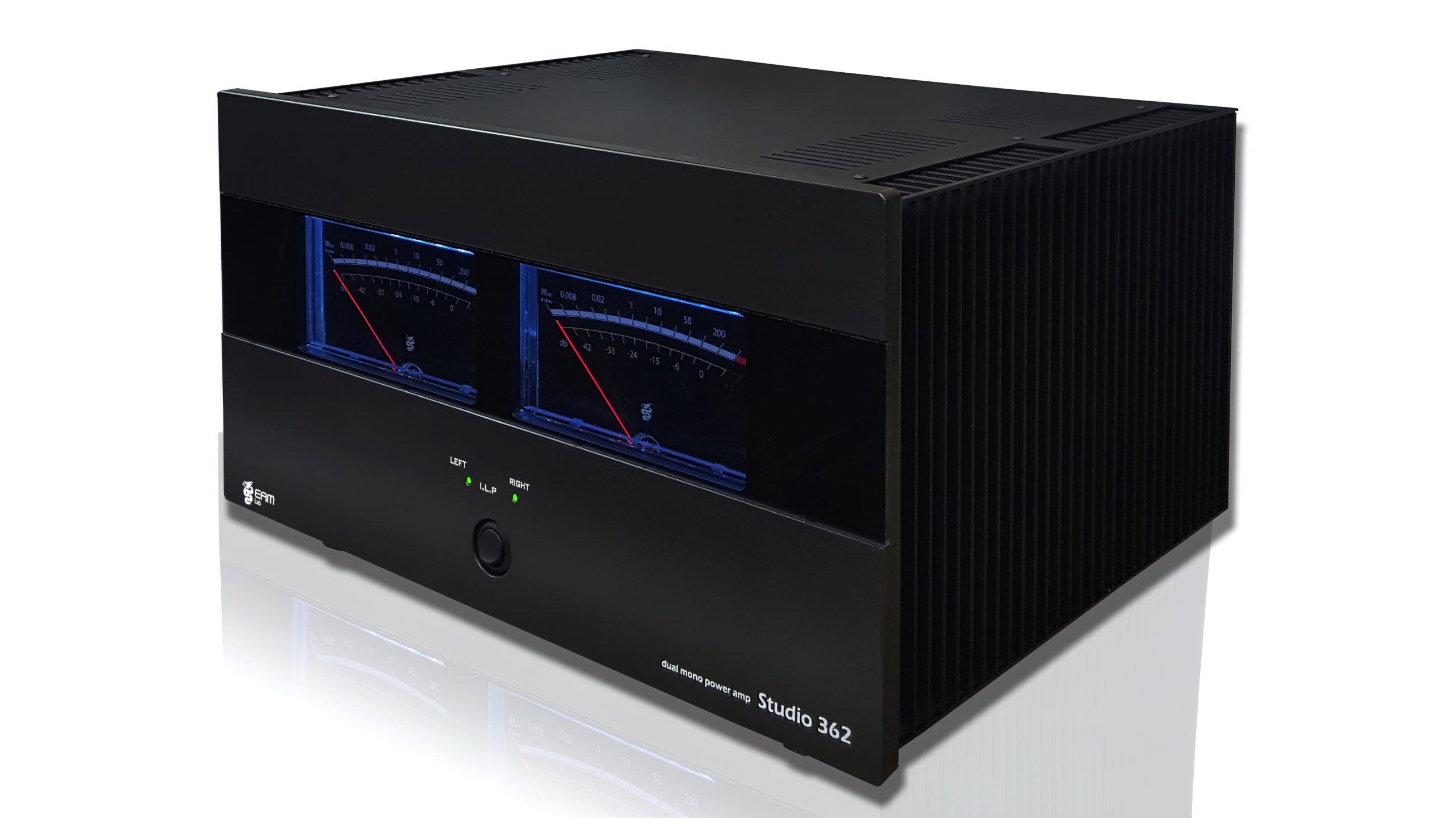
Conclusion
Do you want an amplifier that brings out the emotions in the music and presents everything in a large space – where you can almost touch and feel each instrument? Then check out Studio 362 from Italian EAM Lab.
Sensitive vocals, big orchestras and throbbing party music – everything fits on the menu. And with 2 x 230 watts, there is no lack of control. Even difficult speakers go like a dream.
In general, we have only one complaint against this power amplifier, namely that the input has such a low sensitivity that you have to use a preamplifier. The maximum sound level straight out of a network player or other sound source is not high enough to release all the power that the amplifier holds.

We think
Lots of power, hefty dynamics and a warming musical glow. Low input sensitivity places demands on the preamplifier.
2500 €
Specifications
- Output power: 2 x 230 W in 8 Ohm/2 x 400 W in 4 ohms
- Damping factor: 300:1
- Inputs: 1 balanced XLR, 1 unbalanced RCA
- Dimensions: 21 cm x 42 cm x 33 cm (H x W x D)
- Weight: 30 kg
- Color: Black with front panel in silver or. black
- Web: eamlab.com
